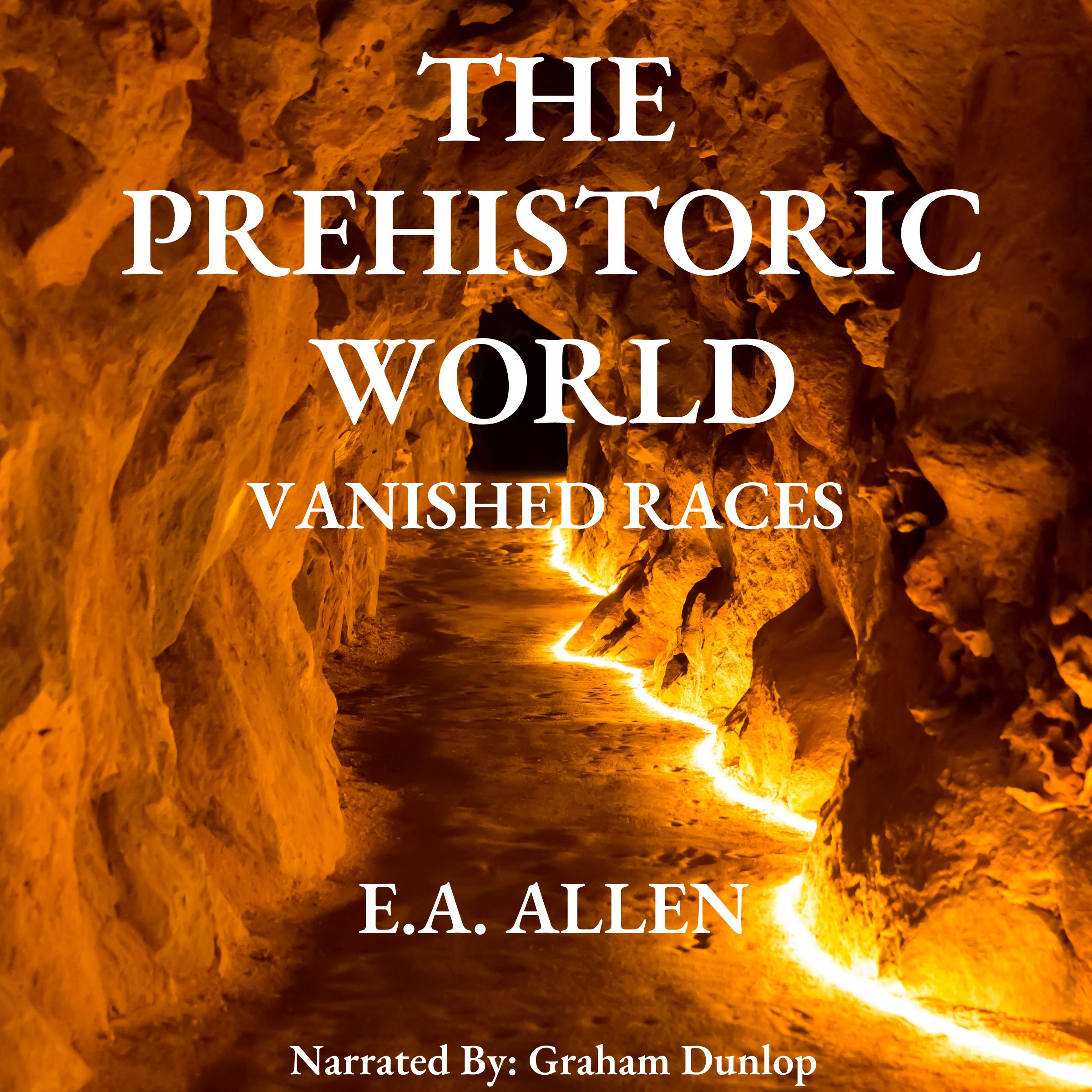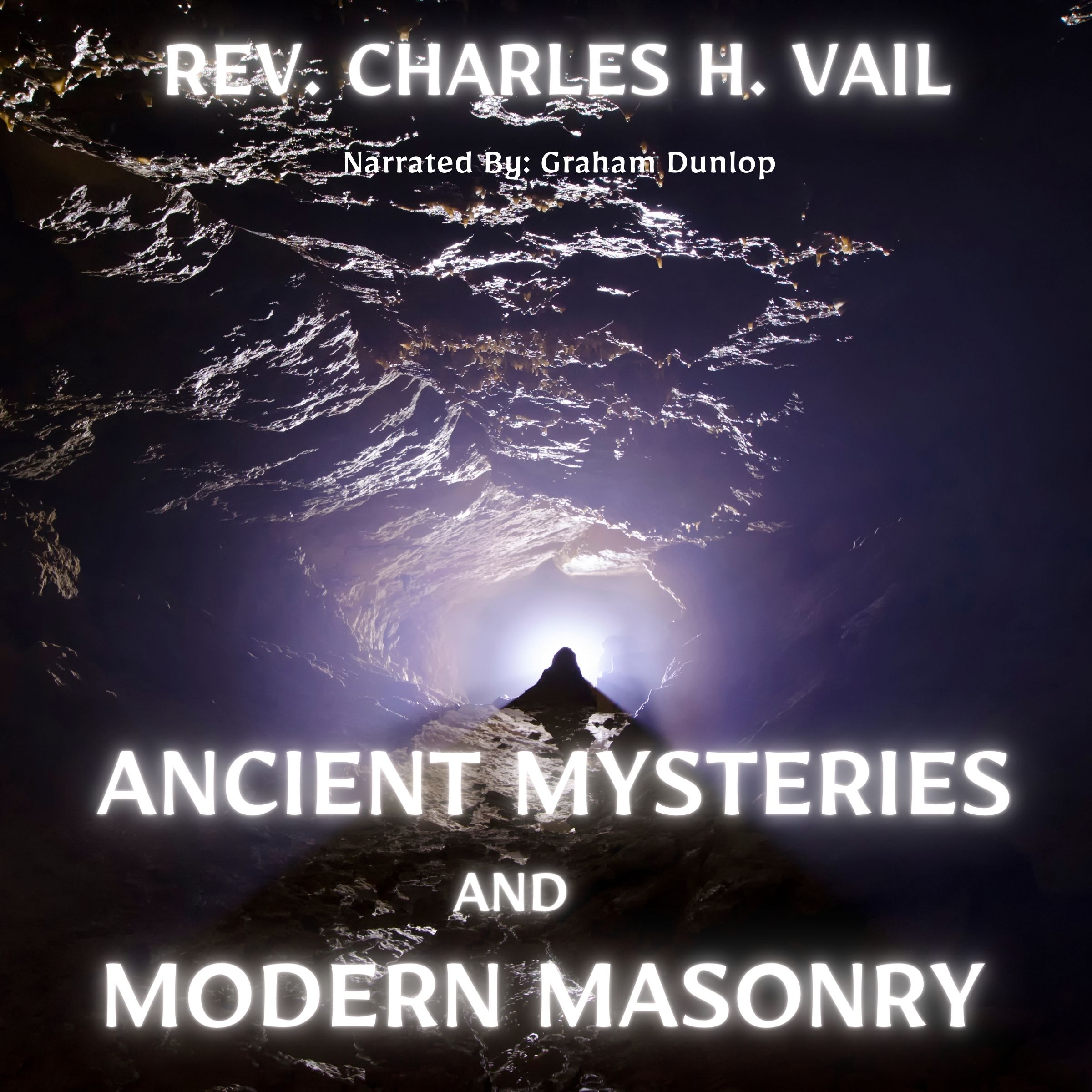Originally published in 1885.
The Prehistoric World; or, Vanished Races, by E.A. Allen
We are told that in Tartary, each native makes the iron he needs, just as every household would make its own bread. The furnace is a very small affair, not holding more than three pounds of ore. This is filled with ore and charcoal. The bellows are used, and after the charcoal is all burned out, the result is a small piece of spongy iron, which needs only repeated heating and hammering to be made serviceable.
Primitive furnaces, on a somewhat larger scale, have been discovered in Switzerland. Here, the excavation was made in the side of a hill, and a rude, dome-shaped chimney built over it. We must not forget that our task ends where the historian’s begins. The use of iron did not long precede history, so we have but little to describe as to the customs and manners of life during the prehistoric Iron Age.
Chapter Index:
Preface 00:00
I. Introduction 5:57
II. Early Geological Periods 25:54
III. Men of the River Drift 1:11:14
IV. Cave-men 2:16:47
V. Antiquity of the Paleolithic Age 3:11:59
VI. The Neolithic Age in Europe 4:20:12
VII. The Bronze Age in Europe 5:58:23
VIII. The Iron Age in Europe 6:12:05
IX. Early Man in America 6:44:38
X. The Mound Builders 8:03:05
XI. The Pueblo Country 10:36:13
XII. The Prehistoric Americans 12:14:12
XIII. The Nahua Tribes 13:13:04
XIV. The Maya Tribes 14:24:05
XV. The Culture of the Civilized Tribes 16:29:01
XVI. Ancient Peru 18:53:04
Podcast (audiobooks): Play in new window | Download
Adultbrain Premium: (Protected Content)





